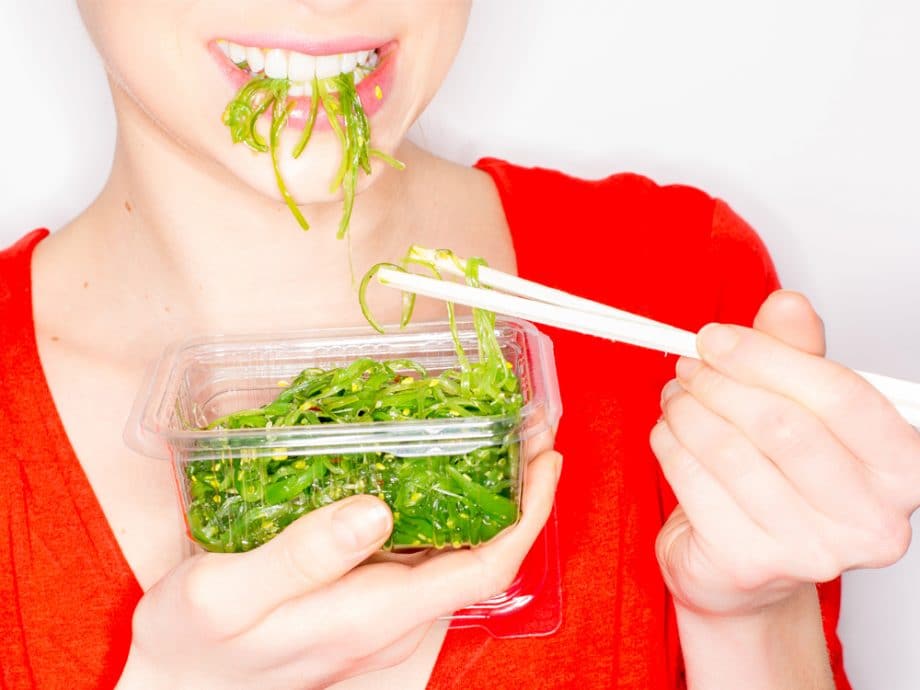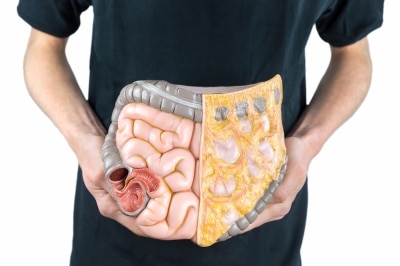We have a class coming up in March for reading food labels. As it turns out this is becoming more and more important as things that are deemed safe are being shown as dangerous. A very common ingredient in foods is Carrageenan, which is a seaweed. One would believe this was a nutritious food and on the positive side it is rich in iodine, sulfur, minerals and vitamins. But, the bad far outweighs the good.
In over 40 studies, this FDA approved additive was found to create ulcers, cause cancer, and promote irritable bowel, arthritis, and diabetes.
It changes the detoxification in sulfur pathways and suppresses gamma-interferon which both control inflammation, detoxification and possibly auto-immune control.
Where is this ingredient found? It prevents separation of foods containing milk and other fats, such as chocolate, pudding, toothpastes, infant formula, yogurt, room deodorizers, pesticides, cosmetics, etc. The take away here is to read the labels on the foods and products you consume and avoid this ingredient. The average intake of carrageenan for most individuals is about 100 mg per day. For more information, contact a practitioner that has been trained in functional medicine such as Dr. Johnson.
References:
Tobacman JK, et al, Review of harmful gastrointestinal effects of carrageenan in animal studies, Environ Health Persp 109; 10, 2001
Tobacman JK, et al, Carrageenan induces interleukin-8 production through distinct Bc110 pathway in normal human colonic epithelial cells, Am J Physiol, 292: G829, 2006
Suzuki F, et al, Suppression of interferon gamma production in mice treated with carrageenan, Eur J Immunol 16; 4:375-80, 1986
Thompson AW, et al. Immunopharmacology of the macrophagetoxic agent carrageenan, Int J Immunol Pharmacol 1:247-61, 1979
Bhattachryya S, et al, Exposure to the common food additive carrageenan leads to glucose intolerance, insulin resistance, inhibition of insulin signaling…, Diabetologia 55; 1:194-203, 2012
Tomioka H, et al, Comparative roles of macrophages and NK cells in the host resistance of mice to Mycobacterium fortuitum infection, J Infect 48:74-80, 2004 (In this study the investigators found that 3 out of 4 infected mice given carrageenan died of infection)
McKim JM, et al, Food additive carrageenan Part I: A critical review of carrageenan in vitro studies, potential pitfalls and implications for human health and safety, Crit Rev Toxicol 44; 3:211-43, 2014
Yang B, et al, Exposure to common food additive carrageenan leads to reduced sulfatase activity…,Biochimie 94; 6:1309-16, 2012 (and it changes heparin-heparan sulfate disaccharides; does this mean it could lead to deep vein thromboses and lung clots?)
Duarte DB, et al, Models of inflammation: Carrageenan air pouch, Current Protocols Pharmacology, chap 5, unit 5, 6, 2012 (PMID 2278300, carrageenan is used to create inflammation to study NSAIDs)
Gong D, et al, Phytother Res 26; 3:397-402, 2012 (carrageenan is used to create arthritis for animal studies
Subscribe To Our Newsletter
Join our mailing list to receive the latest news and updates from our team.


